At low tide along the still shoreline of the Potomac River, skeletal wooden hulls rise like ancient sea creatures from the misty waters. Here in southern Maryland, Mallows Bay reveals its secrets – a quiet but uncanny collection of shipwrecks slowly reclaimed by nature. Bald eagles wheel overhead while herons perch along the timbers, and the occasional ripple from a paddle signals a modern visitor drifting between remnants of maritime history. This is no ordinary bay, but a place where wartime relics, brackish waters, and thriving ecosystems converge in haunting harmony.
A Kayak Journey Through Ghostly Waters
Glide through the calm channels of Mallows Bay and find yourself face-to-face with a ghost fleet from another era. As you dip your paddle into the murky water, weathered hulls begin to appear – some barely breaking the surface, others rising in jagged silhouettes above the tide. You’re not just exploring a riverbank; you’re drifting through a sunken museum cast in rust and wood.
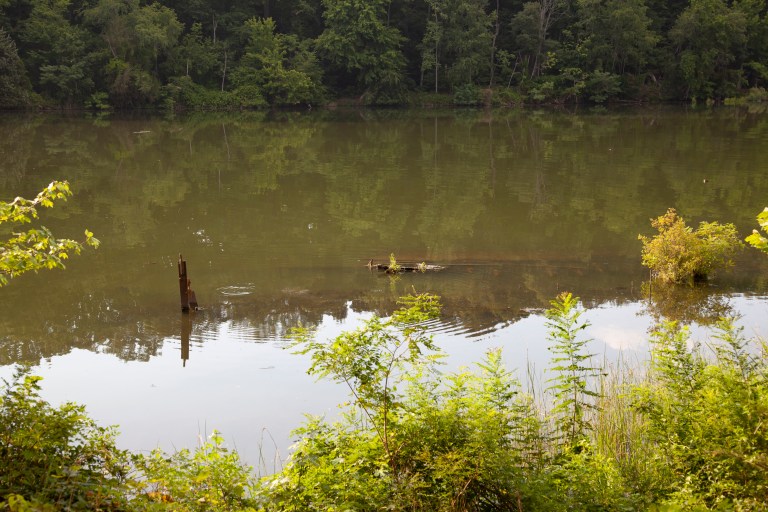
Most of the wrecks lie hidden beneath the waterline, leaving only faint outlines to hint at what lies below. But now and then, parts of a ship crest above the surface, catching the late sunlight and casting long shadows toward the shoreline.
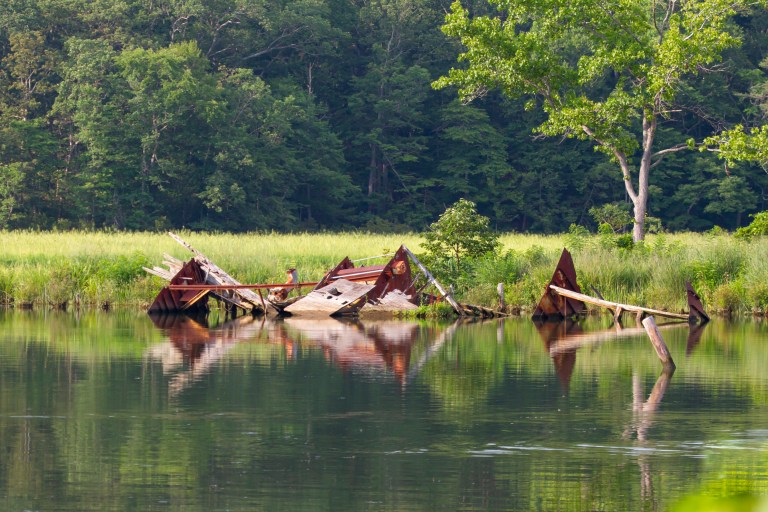
These ghostly shapes are more than eerie – they are living habitats. Look into the eddies and you may spot bass darting between beams, or clusters of lily pads anchored against corroded metal. Every paddle stroke brings you closer to the textures of time: flaking paint, barnacle-crusted steel, and twisting roots finding purchase in forgotten iron.

Pull up beside one of the more intact ruins and marvel at the craftsmanship, now half-swallowed by vines and silt. Some of these vessels once skimmed open seas; here, they slumber in brackish quiet.
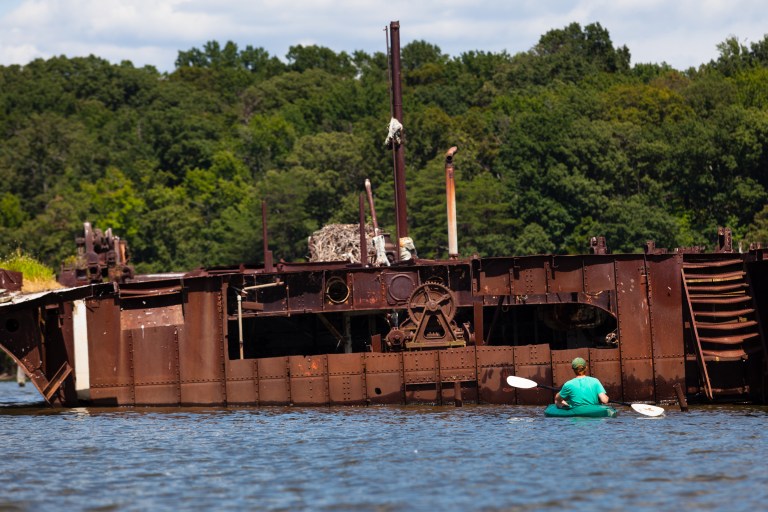
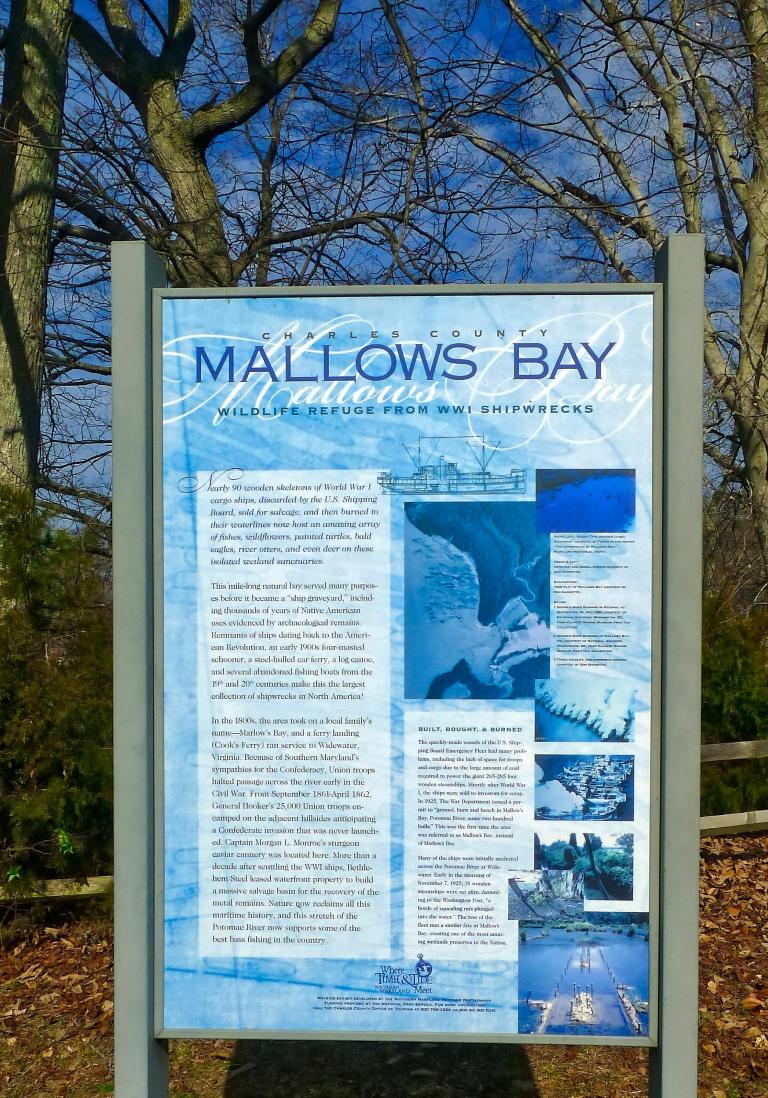
Whether you’re an experienced kayaker or simply eager for a serene afternoon on the water, Mallows Bay promises an outdoorsy – and undeniably historic – adventure unlike any other.
History Hidden Beneath the Surface
What at first seems like an ordinary river bend reveals itself as a submerged time capsule. Beneath the glassy waters of Mallows Bay lies the largest shipwreck fleet in the Western Hemisphere – an astonishing collection of over 200 wooden steamships built for World War I. As the war ended and technology raced forward, these vessels were declared obsolete and left without a purpose. One by one, they met their end here, where fire and water sealed their fate.
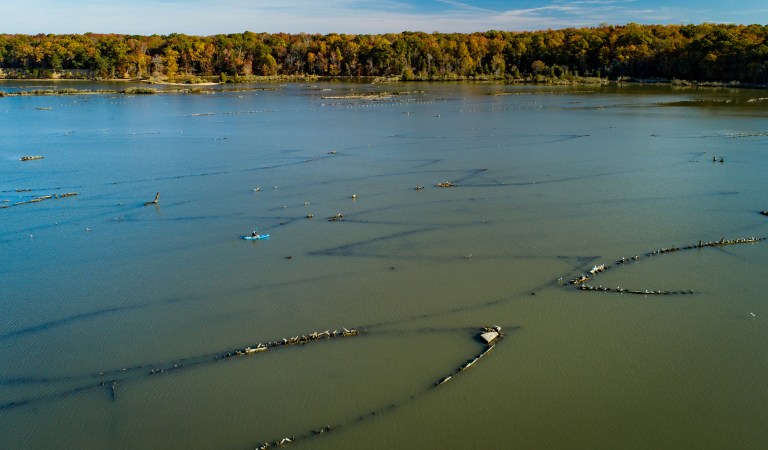
The wooden carcasses were scuttled in the calm shallows, creating a dense and haunting maze along the riverbed. Over time, nature moved in where industry faded out. The sunken fleet became a foundation for moss-draped trees, aquatic grasses, and an entire ecosystem that thrives within these accidental reefs.

Now protected and preserved as a National Marine Sanctuary, the bay offers an unparalleled chance to connect with history not just through story, but through presence. Mallows Bay isn’t a museum behind glass – it’s a shifting, living archive where the past still breathes in the murmur of the tide.

Discovering Maryland’s Forgotten Bay
In southern Maryland’s Charles County, the quiet stretch known as Mallows Bay waits just off an unassuming shoreline. It may not shout for attention like larger parks or tourist towns, but that’s part of its charm. Arriving here feels like uncovering a local secret – a treasure tucked between forest and river bend.
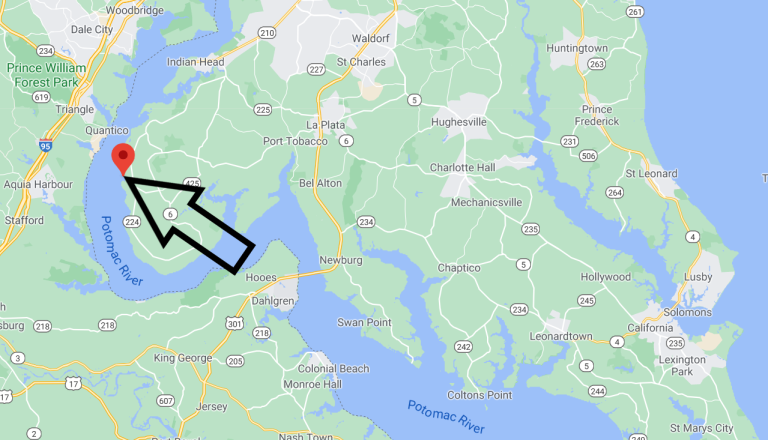
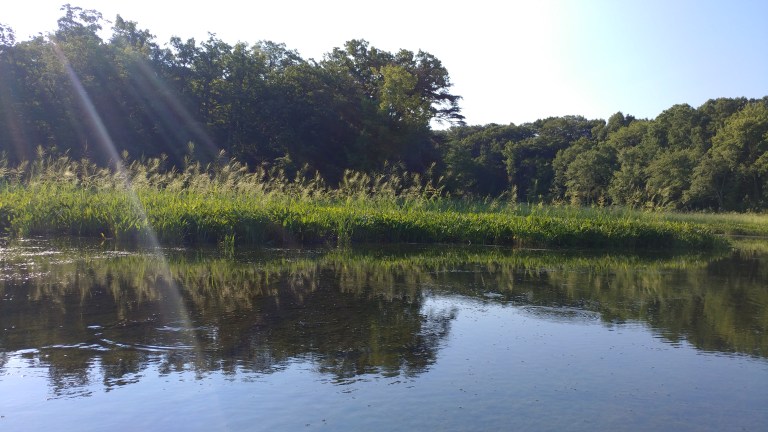
The landscape, while subtle from a distance, unveils incredible stories with each step closer to the water’s edge. The bay’s quiet mood is matched by its stillness – a place where modern-day explorers can lose track of time among drifting leaves and half-sunken ships, while osprey scan the coastline from above.





Leave A Comment